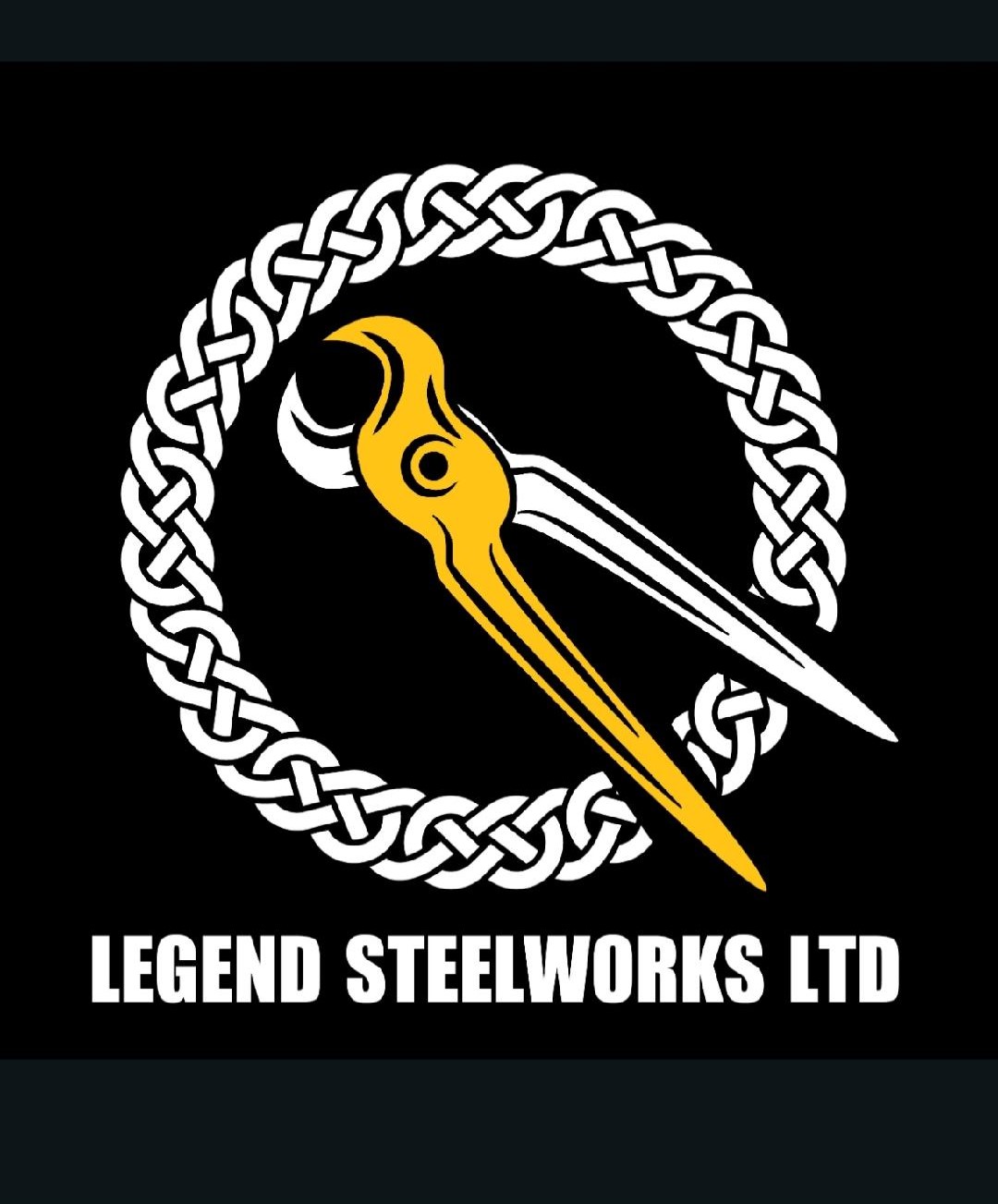Comprehensive service
I can spot errors for you but I can also advise on best practice. I will give examples below.
Beams and walls designed in such a way that they can't be prefabricated. The ability to prefabricate beams and walls gives the contactor the ability to get ahead of the shuttering contractor and gives his men something to do when there is no in-situ work ready.
Over-design of walls and beams. Computer detailing programs are designed to minimise the weight of steel used, resulting in pages of schedules with hundreds of bar marks. However in the real world the cost of labour and the scheduling delays far outweighs the savings in the cost of steel.
12 metre long bars are available and it seems a good idea to schedule them but in the real world it's a disaster. In many instances it is not possible to deliver them as access for an artic-truck is not always possible. Usually the steelyard will send the same amount in 6 metre bars but won't add the extra amount needed for splicing. 12m long bundles of rebar are difficult to move and store on site. When being moved they twist and it is a slow laborious task to free bars from these twisted bundles. 3 men are needed to carry these bars so that the rate of work done is that of the slowest man. Also 12m long beams and walls cannot be prefabricated because they cannot be lifted into place safely without a specialised lifting device.
Steelyards bend many bar-marks from steel coils. Some bar marks simply can't be bent from coiled steel as can be seen in the photo in the 'Common mistakes' . Attempting to re-bend these on site into something usable is time consuming and certain to cause back and wrist injuries. I have had my wrist in a brace for over a year because I was doing this repeatedly. I can identify the bar-marks that should not be bent from coiled steel.
Walls higher than 3 metres need spacer u-bars especially if the 'straight' bars have been cut from a coil of rebar. I can advise on this.
I can scan for common errors and identify unfixable details and suggest solutions.
THE GOLDEN RULE: I can identify instances where the detailer is trying something new that simply won't work.
Detailing rebar drawings and schedules is a complicated task, mistakes will be made and without 'hands on' experience it is not possible to know what is practicable in all instances. My extensive knowledge can be a great asset to your company in reducing these mistakes and oversights.
